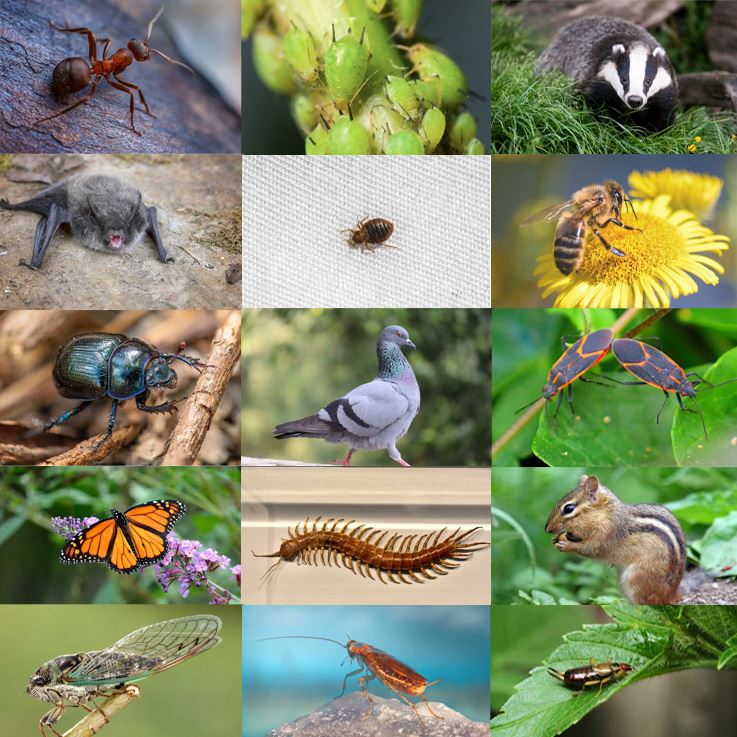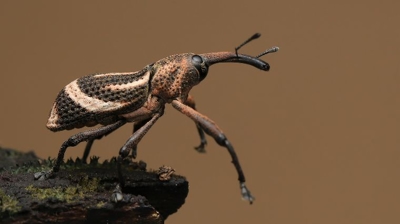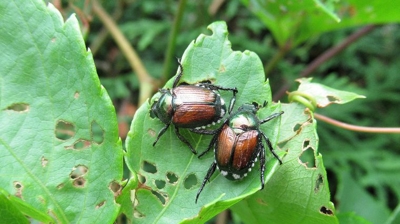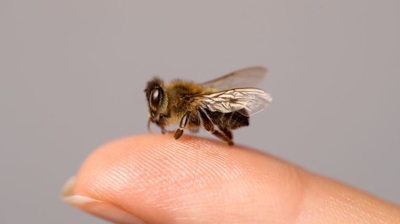
Praying Mantises
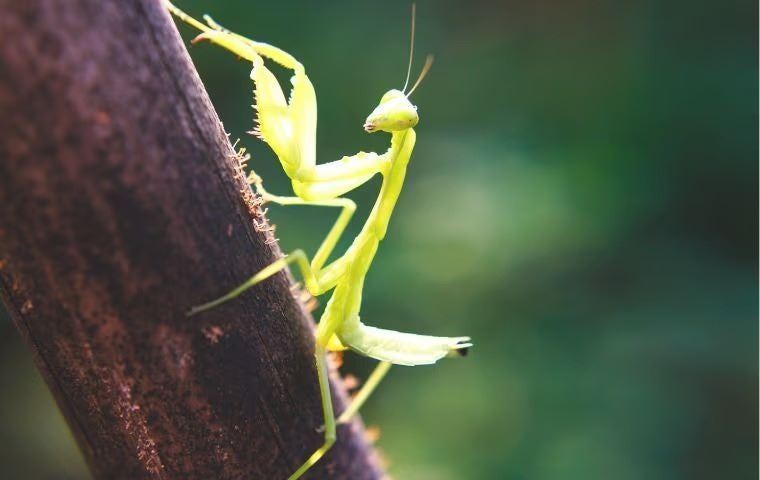
Praying mantises are insects belonging to the order Mantodea, known for their distinctive posture, in which they hold their front legs in a "praying" position. They are predatory insects with elongated bodies, triangular heads, and large, compound eyes that provide excellent vision. Mantises are well-camouflaged, often resembling leaves, twigs, or flowers, which helps them ambush prey.
Key Characteristics:
- Size & Appearance: Praying mantises range in size from less than an inch to over 6 inches long. They have long, slender bodies with flexible necks that allow them to rotate their heads up to 180 degrees.
- Predatory Behavior: They are skilled hunters, primarily feeding on other insects, including flies, crickets, and even other mantises. Some larger species can prey on small birds, reptiles, and amphibians.
- Raptorial Forelegs: Their front legs are equipped with spines, allowing them to grasp and hold onto prey securely.
- Life Cycle: Mantises undergo incomplete metamorphosis, progressing through three life stages: egg, nymph, and adult. Females lay egg cases called oothecae, which contain multiple eggs that hatch into tiny mantises resembling adults.
- Mating & Cannibalism: Female mantises are known for occasionally eating their mates after or during copulation, although this behavior is not universal.
- Beneficial Insects: Praying mantises are valuable for pest control, as they naturally reduce populations of harmful insects in gardens and agricultural fields.
Mantis Identification
Praying mantises have a distinctive appearance that makes them easily recognizable. Their elongated bodies, triangular heads, and raptorial (grasping) forelegs give them a unique and predatory look. Here are some of their physical characteristics:
General Appearance:
- Body Shape: Slender and elongated, often resembling twigs, leaves, or flowers for camouflage.
- Head: Triangular with large, compound eyes and a small mouth. Their heads are highly flexible and can rotate up to 180 degrees, allowing them to scan their surroundings.
- Eyes: Prominent and well-developed, providing excellent vision for detecting movement.
- Antennae: Vary in length; typically longer and thinner in males, shorter in females.
Color Variations:
Praying mantises come in a range of colors, usually adapted to their environment:
- Green: The most common color, ideal for blending into grass and foliage.
- Brown/Tan: Helps species resemble dead leaves or tree bark.
- White/Pink/Purple: Seen in species like the Orchid Mantis, mimicking flowers.
Legs & Wings:
- Forelegs: Modified into powerful, spiked "raptorial legs" used to grab and hold prey.
- Middle & Hind Legs: Used for walking and stability; some species can jump.
- Wings: Many species have wings, but not all can fly. Males are usually better fliers than females.
Size:
- Small species: Around 1 inch (e.g., Ghost Mantis).
- Medium species: 2–4 inches (e.g., Carolina Mantis, European Mantis).
- Large species: 5–6 inches (e.g., Chinese Mantis, Giant Asian Mantis).
Notable Mimicry Adaptations:
- Leaf-Like Mantises: Some species, like the Dead Leaf Mantis, have rough, veined exoskeletons to resemble dried leaves.
- Flower Mimics: The Orchid Mantis has petal-like structures to blend in with flowers.
- Stick-Like Mantises: Some mantises resemble twigs to avoid detection.
What Is The Life Cycle Of Praying Mantises?
The life cycle of a praying mantis consists of three main stages: egg, nymph, and adult. This process is called incomplete metamorphosis because they do not have a pupal stage like butterflies or beetles. The entire cycle typically takes several months to a year, depending on the species and environmental conditions.
Egg Stage (Ootheca)
- After mating, the female lays 100–400 eggs inside a protective foam-like structure called an ootheca.
- The ootheca hardens into a sturdy, brownish case, protecting the eggs from predators and harsh weather.
- Eggs remain in this stage for several weeks to months, with many overwintering and hatching in the spring.
Nymph Stage (Juvenile Mantises)
- When the eggs hatch, small, wingless nymphs emerge, looking like miniature versions of adult mantises.
- In many species, the first thing nymphs do is cannibalize their siblings if food is scarce.
- Nymphs go through multiple molts (shedding their exoskeleton) as they grow, typically 5–10 molts over several weeks or months.
- During this stage, they are voracious hunters, feeding on small insects like fruit flies and aphids.
Adult Stage (Mature Mantis)
- After their final molt, mantises develop fully functional wings (in most species) and are capable of reproduction.
- Adults are larger, stronger hunters, preying on bigger insects and even small vertebrates (frogs, lizards, or hummingbirds in rare cases).
- The lifespan of an adult mantis is typically 6–12 months, though some tropical species may live longer.
Mating & Reproduction
- Males seek out females, often at dusk or night.
- In some species, sexual cannibalism occurs, where the female may eat the male after or even during mating.
- Females lay multiple oothecae throughout their lifespan, ensuring the next generation.
Seasonal Cycle
- In temperate climates, mantises hatch in spring, grow through summer, and die in fall.
- The eggs survive winter and repeat the cycle the next year.
Praying Mantis Diet
Praying mantises are carnivorous predators, feeding primarily on live prey. Their diet depends on their size, species, and life stage, but they generally eat a wide variety of insects and even small vertebrates in some cases.
Diet of Praying Mantises
Nymphs (Young Mantises)
Start by eating tiny insects such as:
They must hunt actively because they cannot eat dead prey.
Juvenile & Adult Mantises
As they grow, they consume larger prey, including:
- Flies
- Moths
- Grasshoppers
- Crickets
- Bees
- Butterflies
- Spiders
- Other mantises (cannibalism is common)
Large Mantises & Exotic Species
Some of the largest mantises (e.g., Giant Asian Mantis, Chinese Mantis) may eat:
Hunting & Feeding Behavior
- Ambush Predators: Mantises rely on camouflage and stealth, striking quickly when prey comes close.
- Powerful Forelegs: Their spiked raptorial legs hold prey tightly while they eat.
- Live Prey Only: Mantises do not scavenge or eat dead animals.
- Slow Consumption: They eat their prey piece by piece, often starting with the head.
Captive Diet (If Kept as Pets)
Common feeder insects include:
- Fruit flies (for young mantises)
- Houseflies
- Crickets
- Waxworms & mealworms (occasionally)
Avoid feeding:
- Hard-shelled insects (like beetles)
- Toxic insects (like fireflies)

Hear From Our Happy Customers
-
"Fantastic & Patient"
Jarvis was fantastic and patient. He answered my questions with an in-depth explanation and addressed all of my areas of concern. Would love for him to be my assigned tech going forward. Well done!
- Yonnette M. -
"Professional & Considerate"
I’m pleased with Miche services. Jarvis came today. Professional and considerate. Thank you!
- Judy B. -
"Very Knowledgeable"
The tech that arrived was courteous, professional, and very knowledgeable. He was Great.
- Uerial I. -
"Great Communication"
Tech was on time, communication was great, and he accommodated my needs.
- Alonzo W. -
"Wonderful Service"
Wonderful service. Jarvis is great. Took care of everything I needed. Thank you!
- Henry P. -
"Exceeds Expectations"
I can’t say enough positive things about this company... The tech that came out, Jarvis went above and beyond my expectations. Thank you guys, I will continue using your services.
- Jake M.

